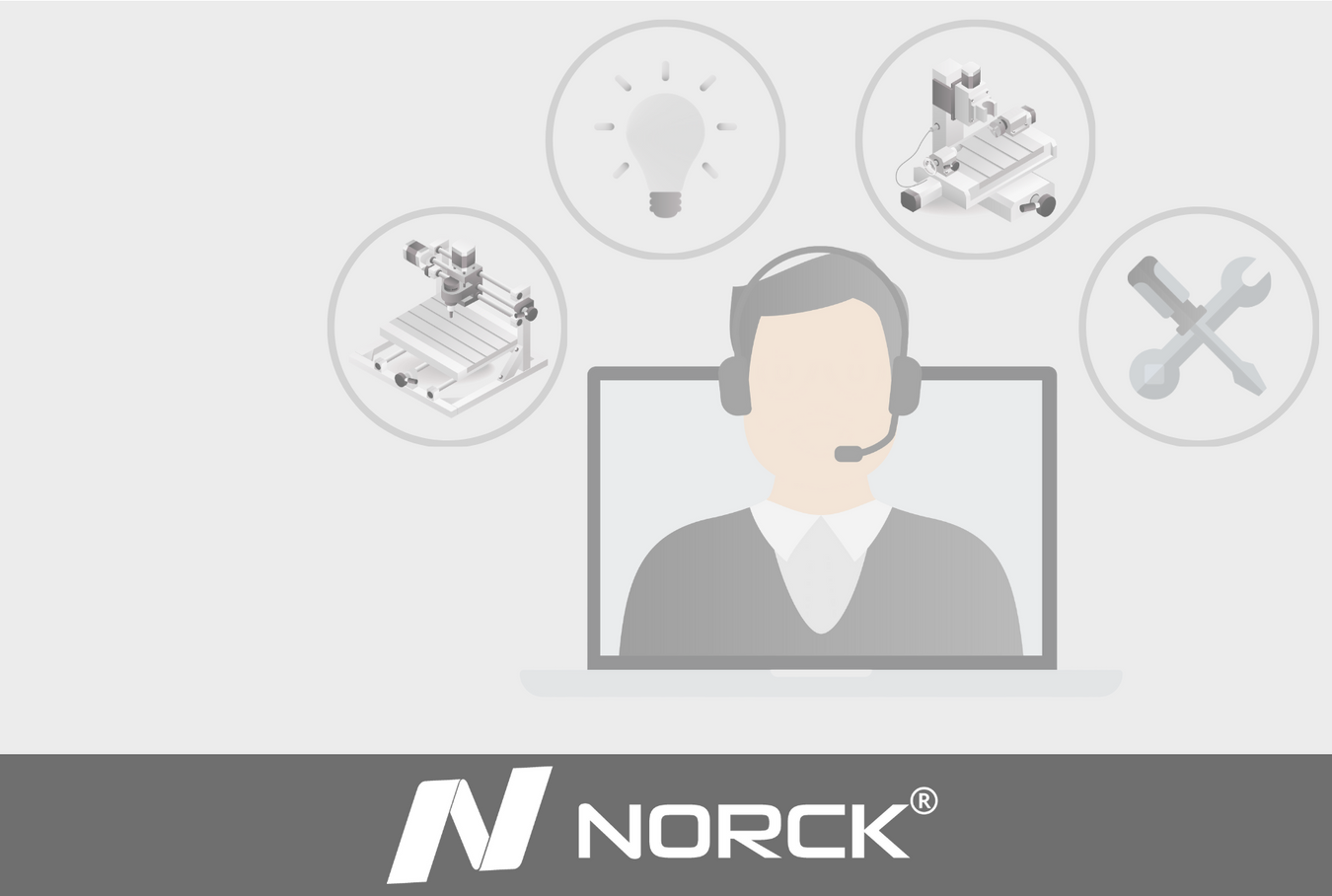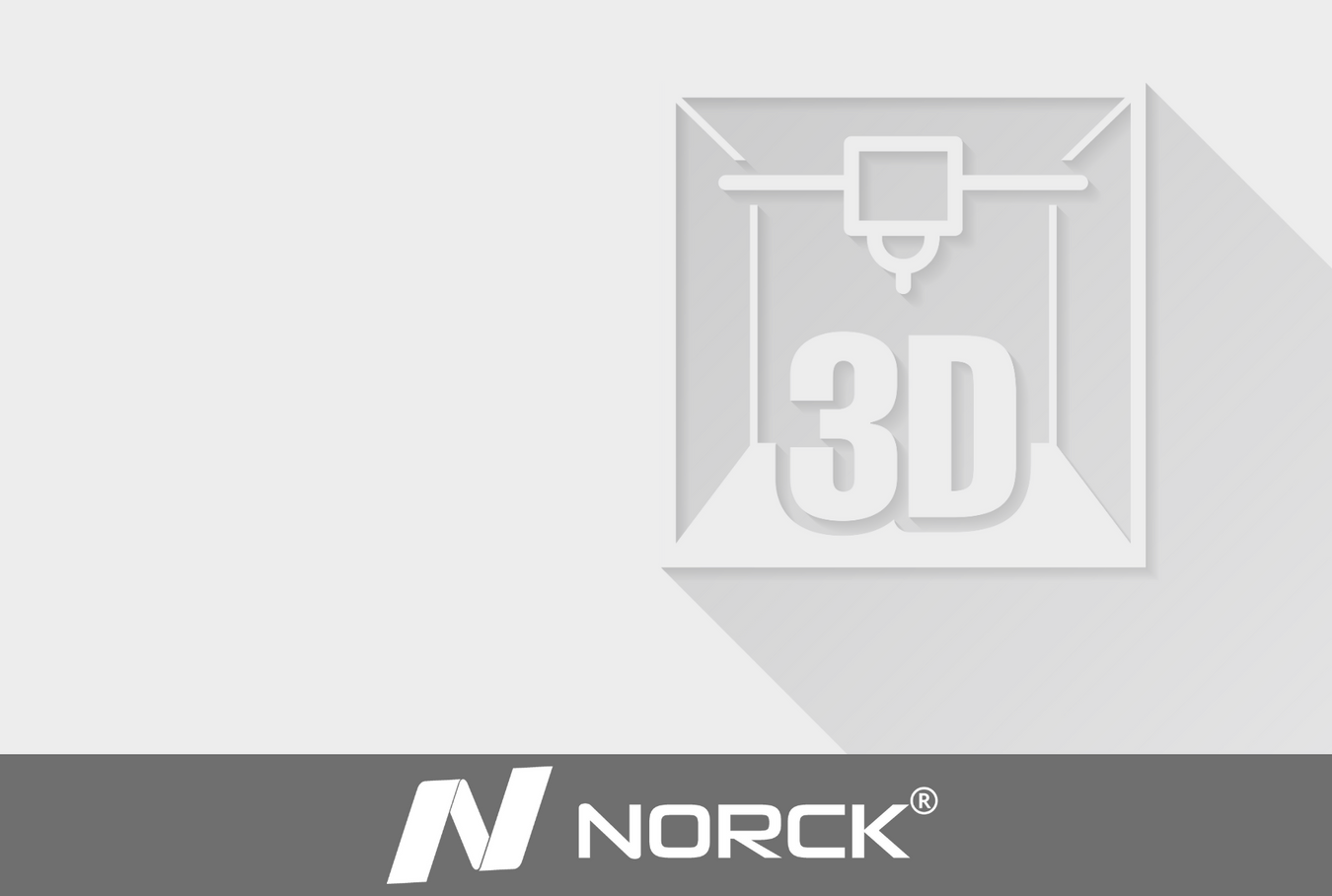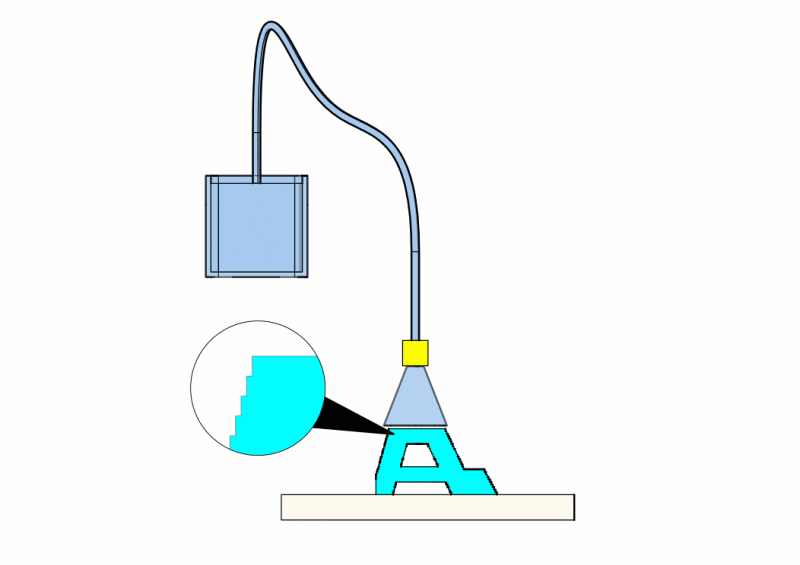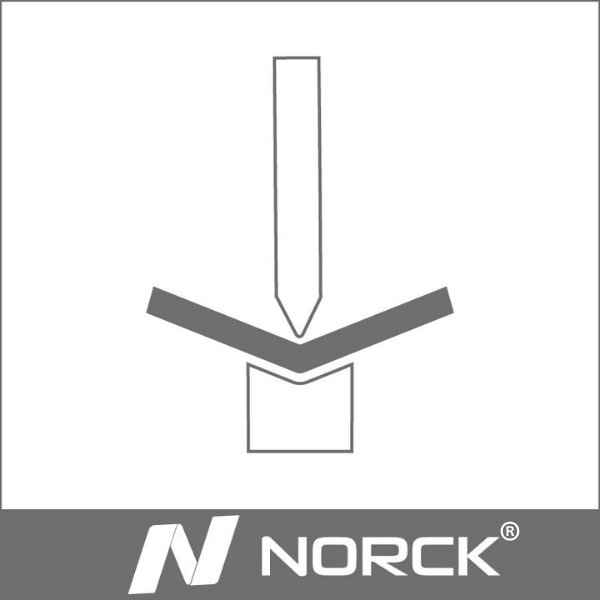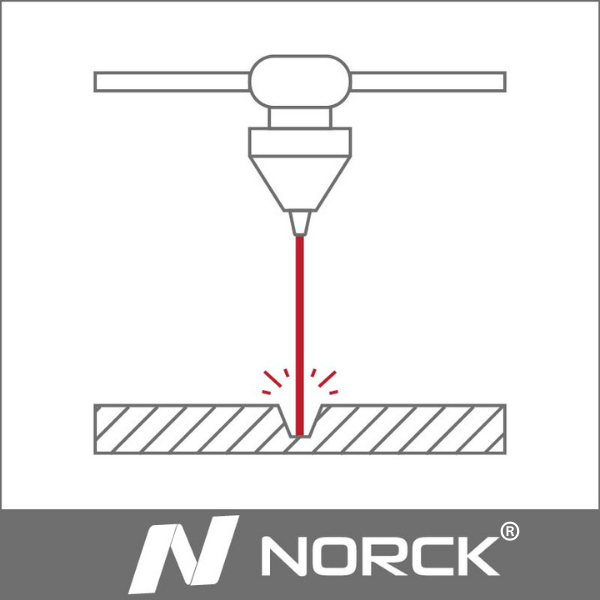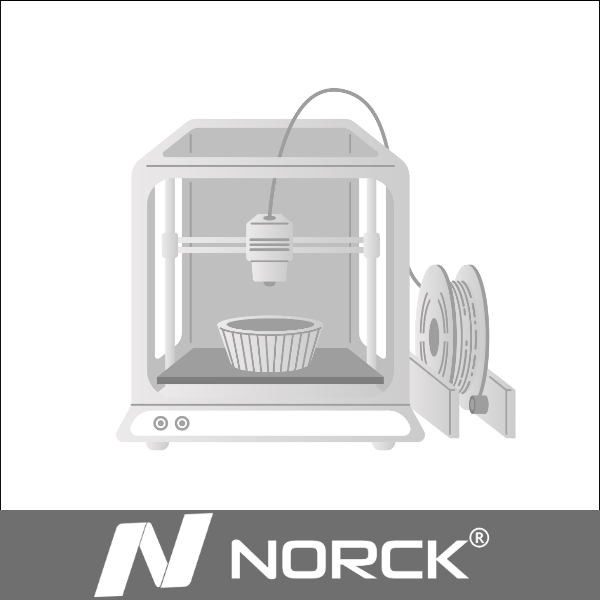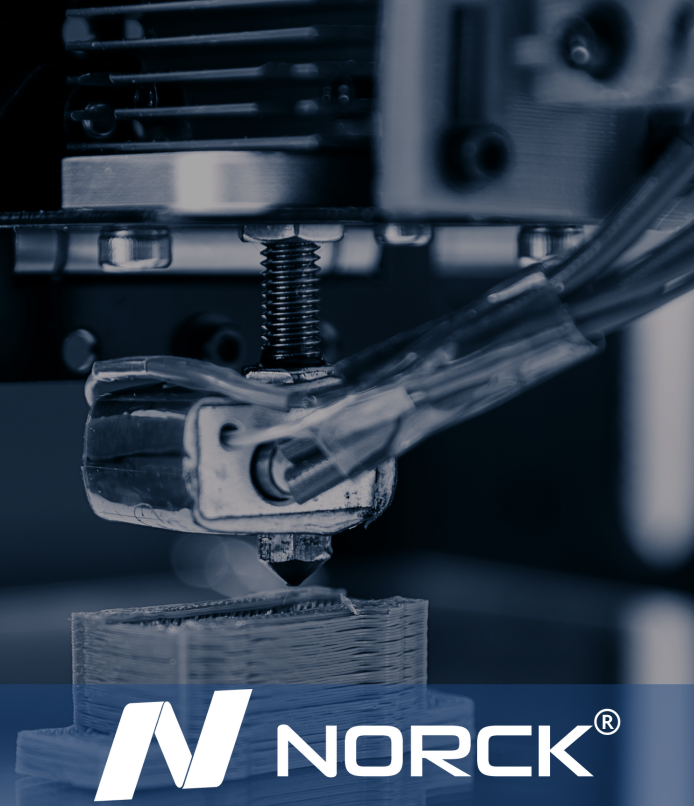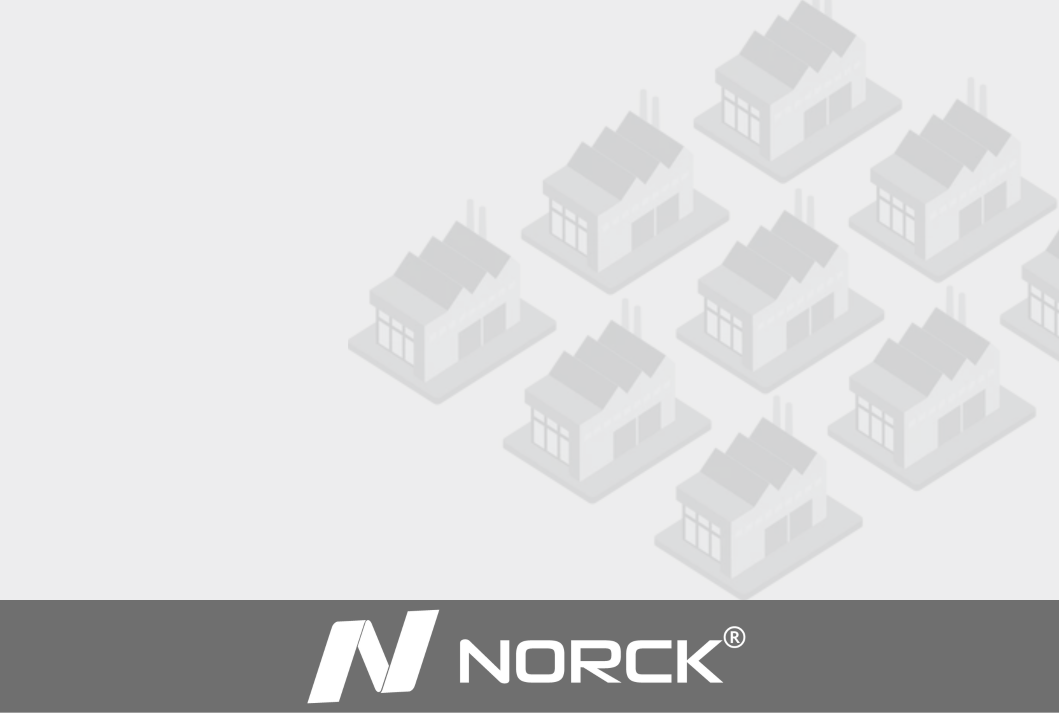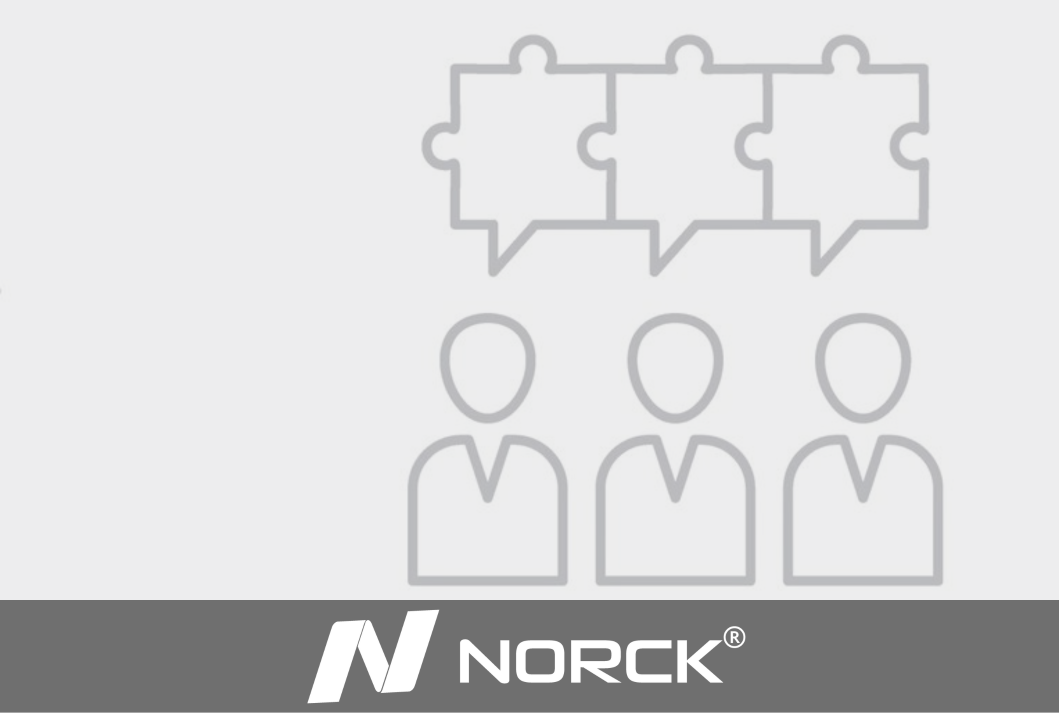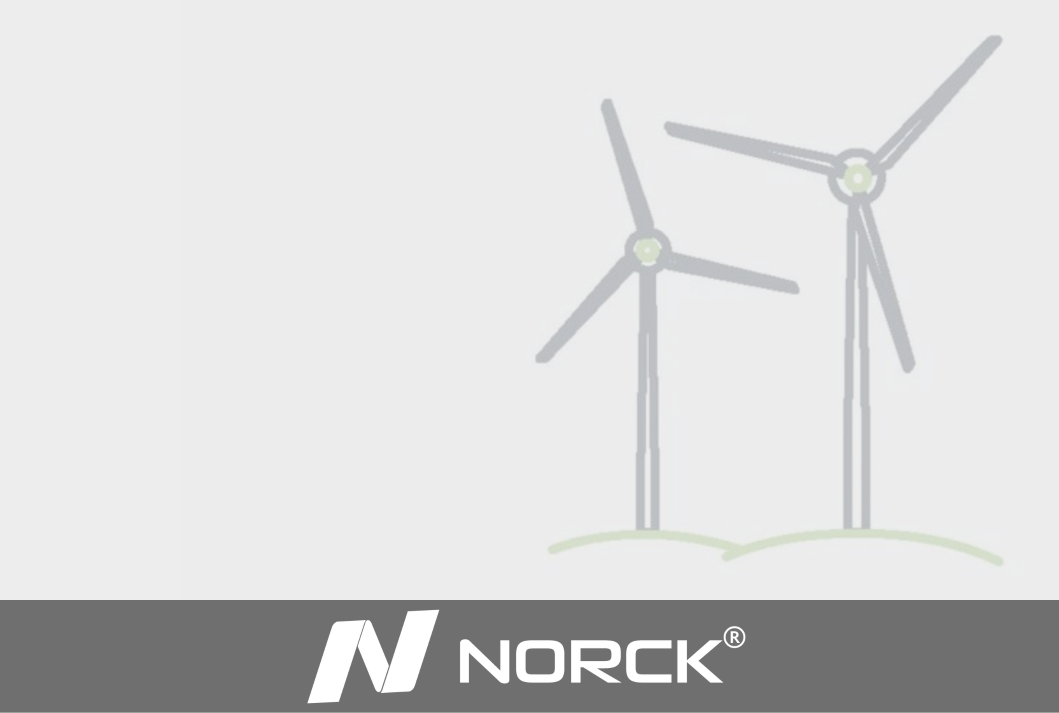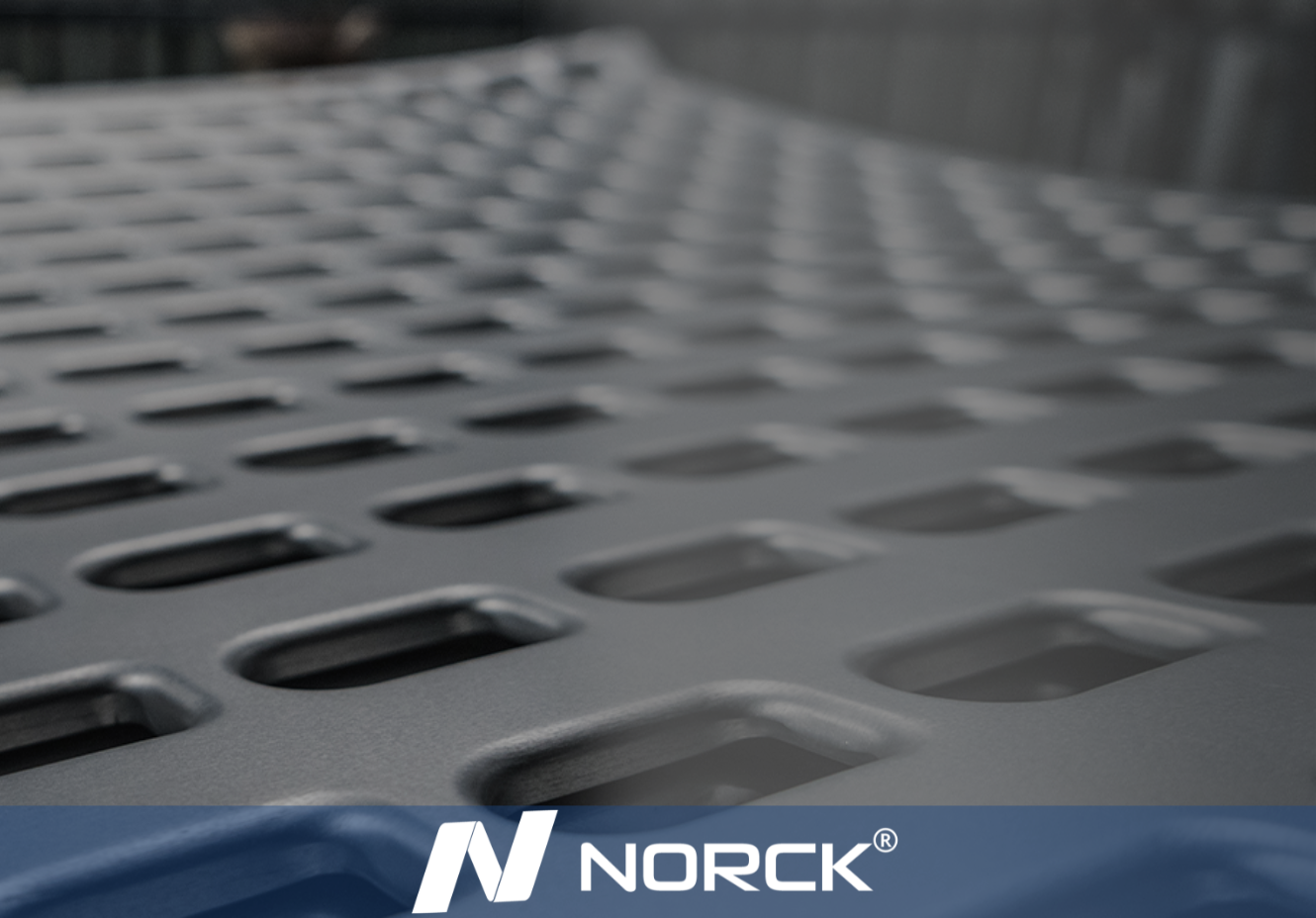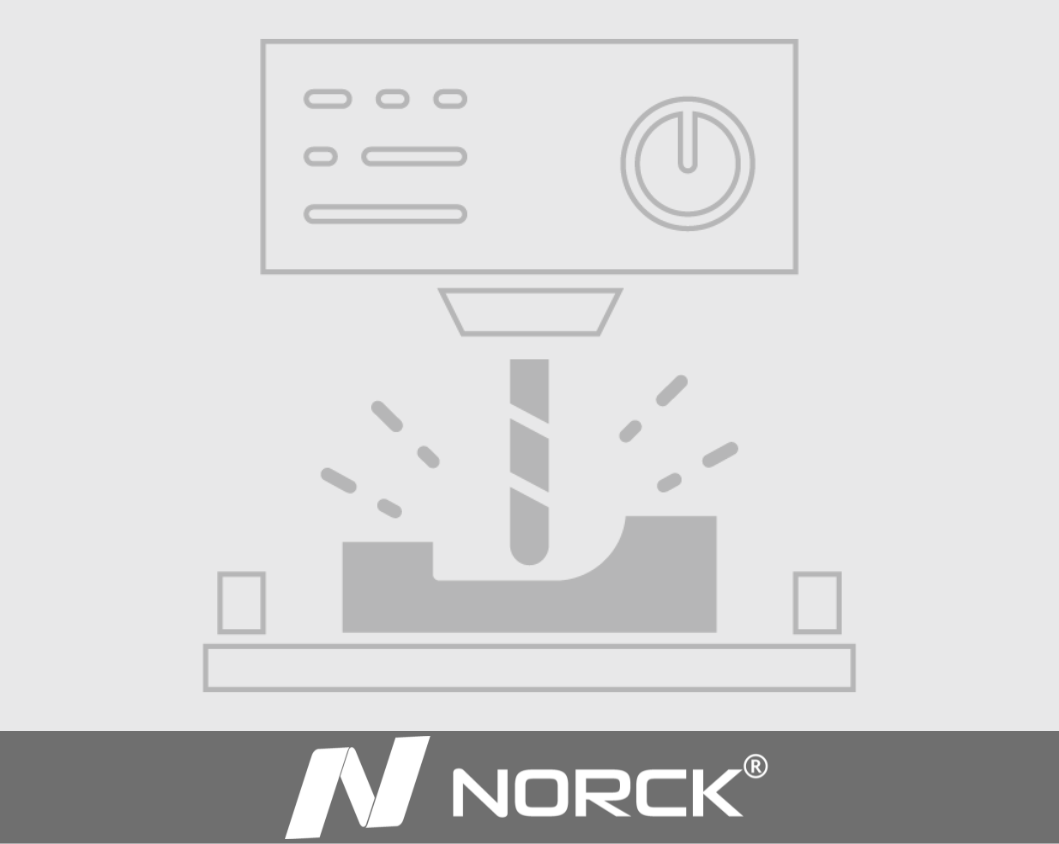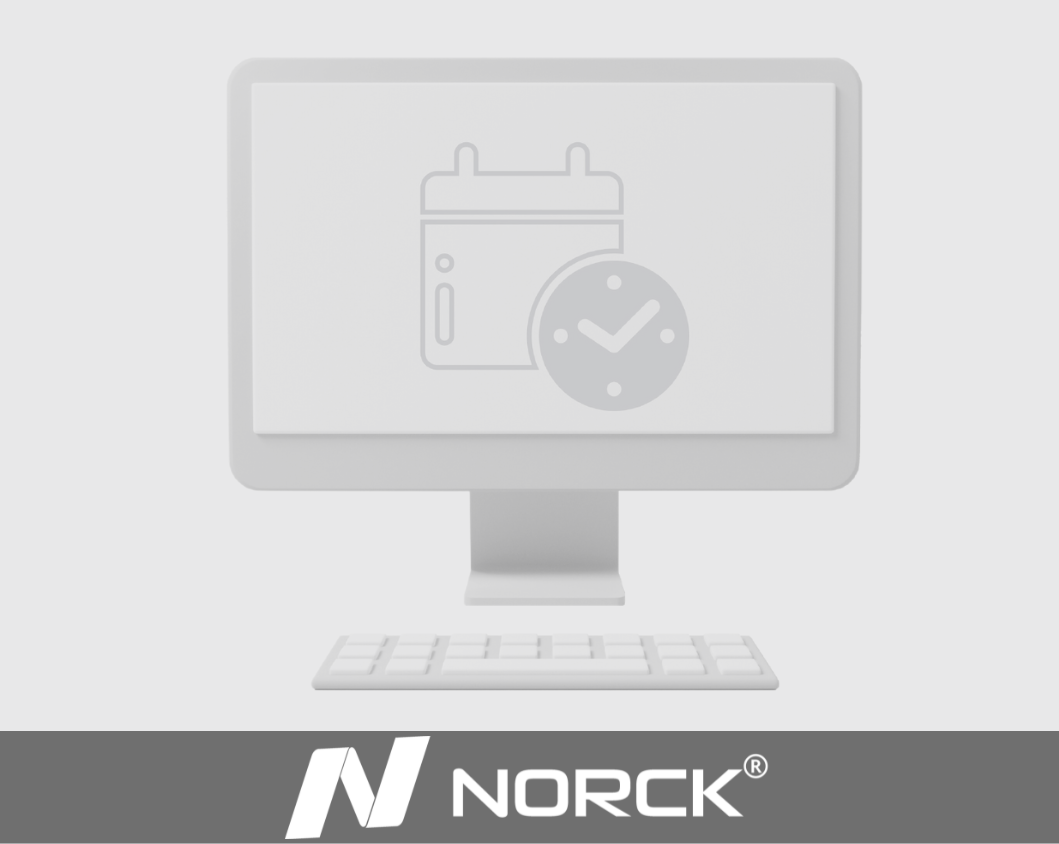Norck: Your Partner for Innovative Plastic 3D Printing Solutions
Norck delivers a wide range of plastic 3D printing services, empowering engineers, designers, product developers, and manufacturers across diverse industries to turn ideas into reality, from prototypes to end-use parts.
Norck's Engineering Edge: It's About More Than Just Printing
- Design for Additive Manufacturing (DfAM): Guidance to fully leverage the design freedom offered by 3D printing for optimized geometries and reduced part count.
- Material Selection Expertise: Matching the right plastic 3D printing material to your application's mechanical, thermal, environmental, and cost requirements.
- Process Optimization: Tailoring print settings and support generation for optimal strength, surface quality, and dimensional tolerances.
- Rigorous Quality Assurance: Dimensional inspection, mechanical testing (where applicable), and process control to ensure reliable, repeatable parts.
What is plastic 3D printing?
Plastic 3D printing is an additive manufacturing process that uses plastic materials to produce parts and assemblies. It helps turn designs into scaled prototypes as close to the designed model. It is mainly used in the earliest stages of product development and can be used in conceptual models, functional prototypes, tooling, electronics, jewelry, and medical industries.
3D printing requires 3D CAD models to print a part or assembly. The 3D models can be made using parametric CAD software such as Solidworks and CATIA V5, or Subdivision modeling software such as 3DS and Blender.
What are the advantages & disadvantages of using plastic 3D printing?
- Plastic 3D printing is used over metallic 3D printing processes due to:
• Most cost-effective
• Various plastic and elastomeric materials can be used
- Although there are dis advantages to using plastic 3D printing:
• Weaker results compared to metallic 3D printing
Norck: Your Data-Driven Partner for On-Demand Manufacturing Excellence
Norck is a technology-powered manufacturing leader specializing in CNC machining, 3D printing, sheet metal fabrication, and injection molding. Our intelligent, data-driven approach ensures exceptional quality, optimized costs, and seamless supply chain management for companies worldwide.
Key Services:
Why Choose Norck?
- AI-Powered Manufacturing: Data and AI optimize our processes for superior quality, minimized costs, and supply chain visibility
- Vast Production Capacity: Our extensive partner network in Europe and the US guarantees both low and high-volume production.
- End-to-End Expertise: Our team of engineers, data scientists, and product developers ensure design for manufacturability and unparalleled service
- Single-Source Solution: Norck streamlines your supply chain, reduces overhead, enhances purchasing power, and delivers just-in-time results.
- Online Plastic 3D Printing Services: Norck's online plastic 3D printing services provide a fast, easy, and reliable way to bring your ideas to life with high quality, custom made parts.
- Plastic 3D Printing Services Near You: Your search for plastic 3D printing services ends here. Norck offers tailored engineering and manufacturing support that begin with your unique project needs. Whether you're a local business or searching online, our expert team delivers top-quality, customized plastic 3D printing solutions to bring your designs to life.
Experience the Norck difference. Get a quote fast for your manufacturing needs today!
Norck: Your Data-Driven Partner for On-Demand Manufacturing Excellence
Norck is a technology-powered manufacturing leader specializing in CNC machining, 3D printing, sheet metal fabrication, and injection molding. Our intelligent, data-driven approach ensures exceptional quality, optimized costs, and seamless supply chain management for companies worldwide.
Key Services:
Why Choose Norck?
- AI-Powered Manufacturing: Data and AI optimize our processes for superior quality, minimized costs, and supply chain visibility
- Vast Production Capacity: Our extensive partner network in Europe and the US guarantees both low and high-volume production.
- End-to-End Expertise: Our team of engineers, data scientists, and product developers ensure design for manufacturability and unparalleled service
- Single-Source Solution: Norck streamlines your supply chain, reduces overhead, enhances purchasing power, and delivers just-in-time results.
- Online Plastic 3D Printing Services: Norck's online plastic 3D printing services provide a fast, easy, and reliable way to bring your ideas to life with high quality, custom made parts.
- Plastic 3D Printing Services Near You: Your search for plastic 3D printing services ends here. Norck offers tailored engineering and manufacturing support that begin with your unique project needs. Whether you're a local business or searching online, our expert team delivers top-quality, customized plastic 3D printing solutions to bring your designs to life.
Experience the Norck difference. Get a quote fast for your manufacturing needs today!



 English
English


